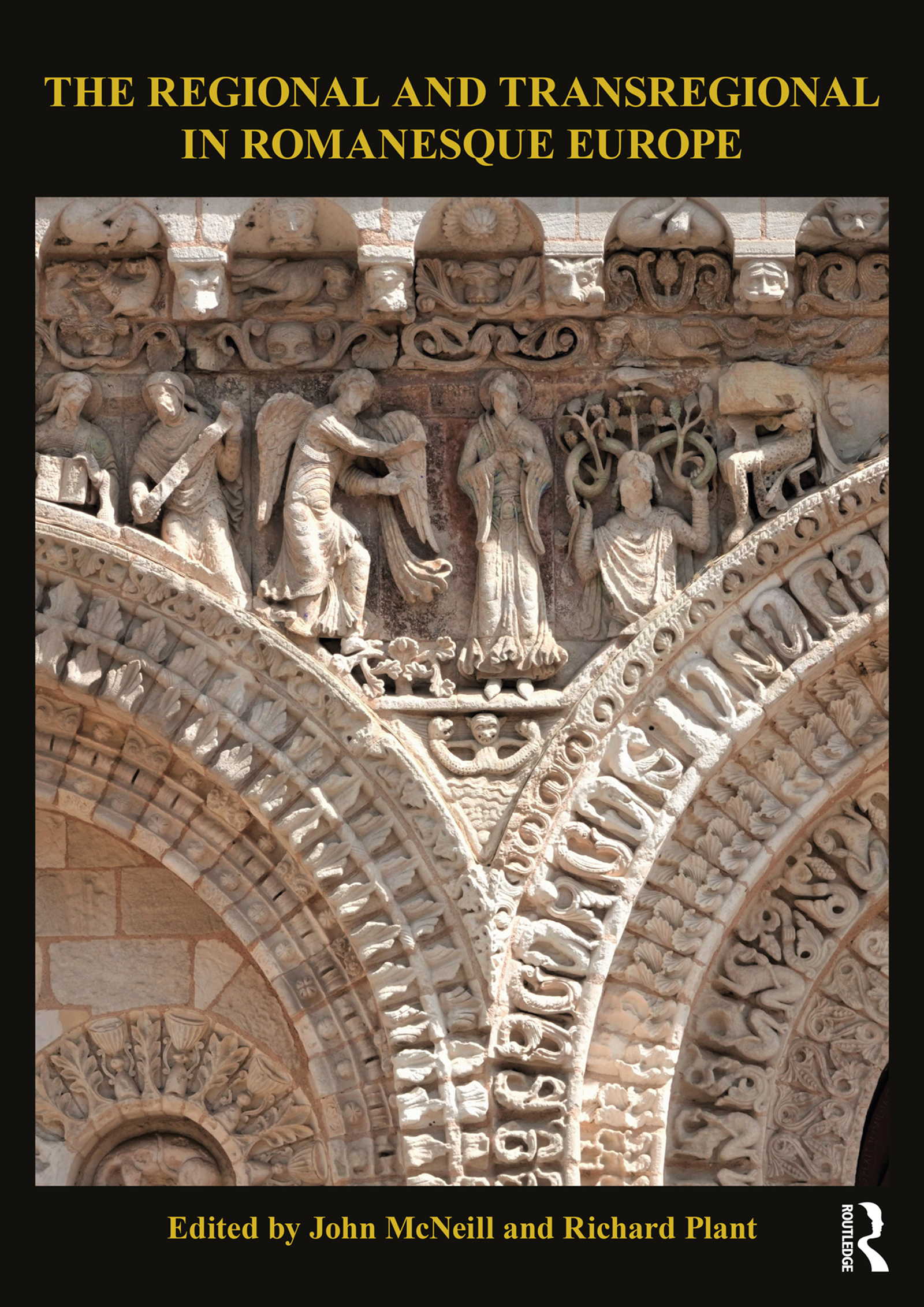The Regional and Transregional in Romanesque Europe considers the significance of regions in the creation of Romanesque, particularly in relation to transregional and pan-European artistic styles and approaches. The categorization of Romanesque by region was a cornerstone of 19th and 20th scholarship, albeit one vulnerable to the application of anachronistic concepts of regional identity. Individual chapters explore the generation and reception of forms, the conditions that give rise to the development of transregional styles and the agencies that cut across territorial boundaries. There are studies of regional styles in Aquitaine, Castile, Sicily, Hungary and Scandinavia, workshops in Worms and the Welsh Marches, the transregional nature of liturgical furnishings, the cultural geography of the new monastic orders, metalworking in Hildesheim and the valley of the Meuse, and the links which connect Piemonte with Conques.
Table of Contents
Chapter 1: Claude Andrault-Schmitt, The Epistemological, Political and Practical issues affecting Regional Categories in French Romanesque Architecture
Chapter 2: Eric Fernie, Hans Kubach’s Treatment of Regions in the Study of Romanesque Architecture
Chapter 3: Philip Bovey, Did Zodiaque’s Regional Portrayal create a False Impression as to the Nature of Romanesque?
Chapter 4: Marcello Angheben, Romanesque Sculpture in Aquitaine: A History of the Marginalisation of a Widely Imitated Regional Sculptural Style
Chapter 5: Manuel Castiñeiras, The Baldachin-Ciborium: The Shifting Meanings of a Restricted Liturgical Furnishing in Romanesque Art
Chapter 6: Gerhard Lutz, Hildesheim as a Nexus of Metalwork Production, c. 1130–1250
Chapter 7: Aleuna Macarenko, ‘Mosan’ Goldsmithing and its Diffusion in the Rhineland, France and England
Chapter 8: Cecily Hennessy, Winchester’s Holy Sepulchre Chapel and Byzantium: Iconographic Transregionalism?
Chapter 9: Michele Vescovi, Transregional Dynamics, Monastic Networks: Santa Fede in Cavagnolo, Conques and the Geography of Romanesque Art
Chapter 10: Sheila Bonde and Clark Maines, Tiron on the Edge: Cultural Geography, Regionalism and Liminality
Chapter 11: Tomasz Weclawowicz, Four Romanesque Cistercian Abbey Churches in Lesser Poland: The Context of their Foundation
Chapter 12: Tancredi Bella, The Cathedral of Catania and the Creation of the Norman County of Sicily: Transregional and Transalpine Models in the Architecture of the Late Eleventh Century
Chapter 13: Wilfried Keil, ‘School’ or Masons’ Workshop? Reflections on the So-Called Wormser Bauschule and on the Definition of Regional Style
Chapter 14: John McNeill, Towards an Anatomy of a Regional Workshop: The ‘Herefordshire School’ Revisited
Chapter 15: Julia Perratore, Crossing the Pyrenees: Migration, Urbanization and Transregional Collaboration in Romanesque Aragon
Chapter 16: Jordi Camps, Transregionalism and Particularity in the Romanesque Woodcarving of 12th-Century Catalonia
Chapter 17: Gaetano Curzi, Romanesque Woodcarvers and Plasterers in the Abruzzi: The Mediterranean Connection
Chapter 18: Béla Zsolt Szakács, A Country Without Regions? The Case of Hungary
Chapter 19: Benjamin Zweig, Reassessing the Problem of Scandinavian Romanesque
Chapter 20: Elizabeth Valdez del Álamo, The Creation of Castilian Identity under Alfonso VIII and Leonor Plantagenet
